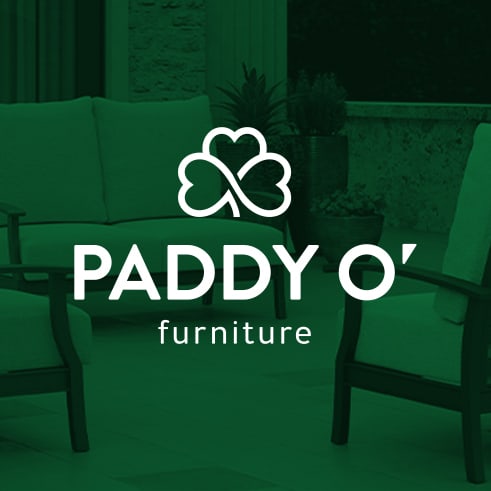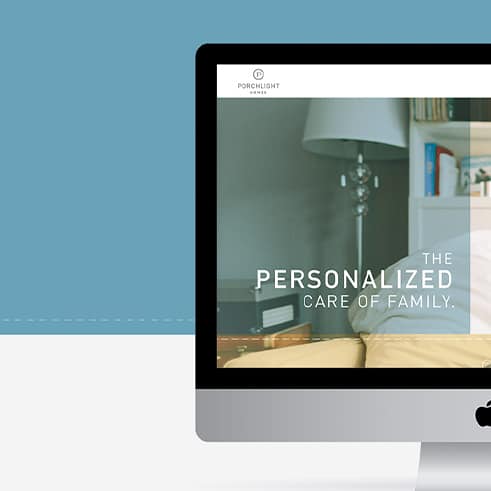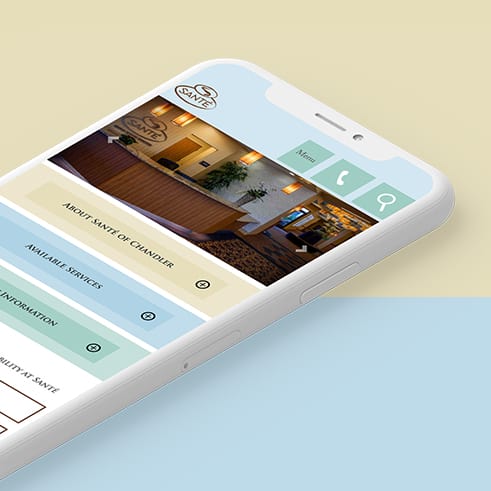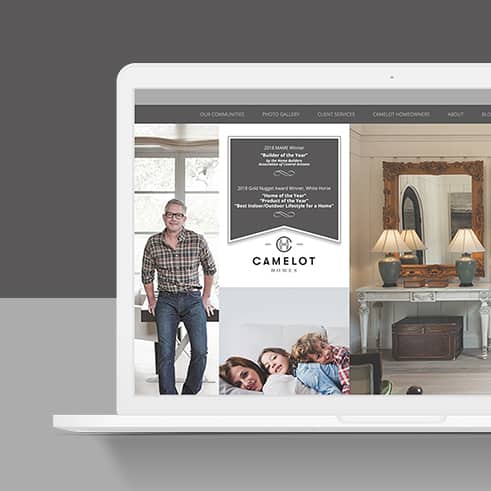When it comes to media advertising, what leads to the greatest ROI? For years, brand managers and their agencies lacked a scientifically precise way to know for sure. However, several years ago, researchers at the University of Cologne, in Germany, ran an experiment that confirmed the hunch that most industry folks have had. And the study confirmed what Ogilvy & Mather Germany’s chief creative officer, Stephan Vogel, has long said: “Nothing is more efficient than creative advertising. Creative advertising is more memorable, longer-lasting, works with less media spending, and builds a fan community…faster.”
Yet, “creative” is a broad term, and even experts will disagree as to its exact meaning. Fortunately, those German researchers broke it down for us. By understanding and following five specific dimensions, you will be able to predict your media advertising effectiveness.
Originality
We all want to make original ads, of course. But watching TV commercials these days, it often seems originality is in short supply. In order for an ad to be truly original, it must be unique, yes, but it also needs to be surprising. How do you achieve that? The best way is to blow up stereotypical thinking.
Flexibility
Flexibility is all about the ideas in your ad. You want your ad to have different ideas, and you want those ideas to do something. Maybe your ad has an idea that moves from one subject to another. Or maybe you have an ad in which one idea shifts to, or builds on, another idea. Both will work.
Elaboration
Elaboration in advertising has to do with details. Successful ads will have many details, often more than expected. And they usually move from the general to the specific in order to illustrate those details.
Synthesis
A successful ad will typically make connections between objects or ideas that are disparate. These connections will be unusual and surprising to the viewer. And often the objects or ideas being synthesized are themselves unusual or surprising.
Artistic value
This dimension is the favorite of media advertising’s creatives because it gives them room to play. You want your ad to be idiosyncratic, either visually or verbally. And the best ads resonate because they take an idea and, through words or images, bring it to life.
Most industry folks put a premium on originality and artistic value in media advertising. But that’s not what the study found to be most influential. In fact, elaboration scored the highest—by a lot! Originality came in second. And when elaboration was combined with originality, the effect on purchases was more powerful than any other individual dimension or any combination.




























